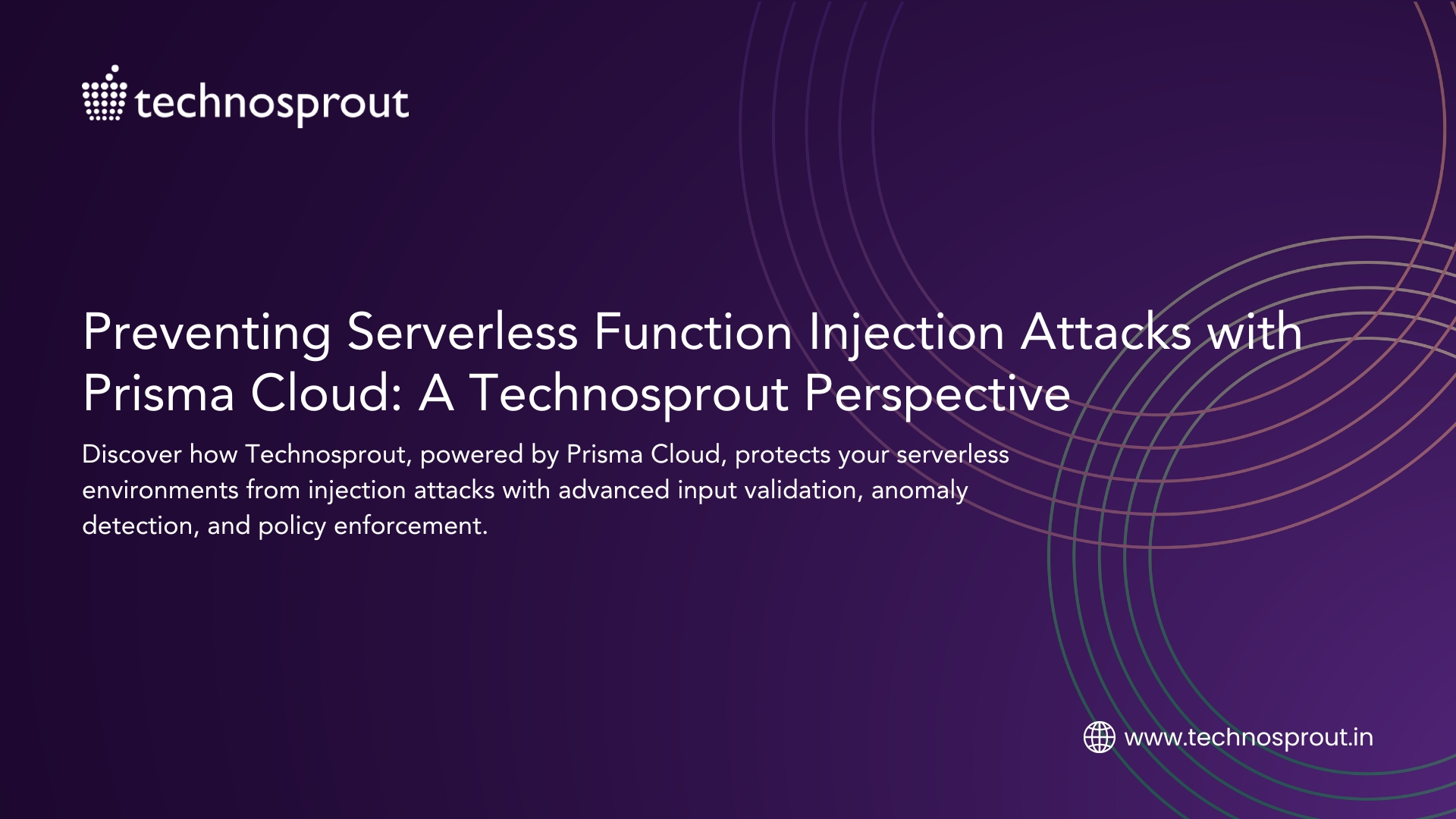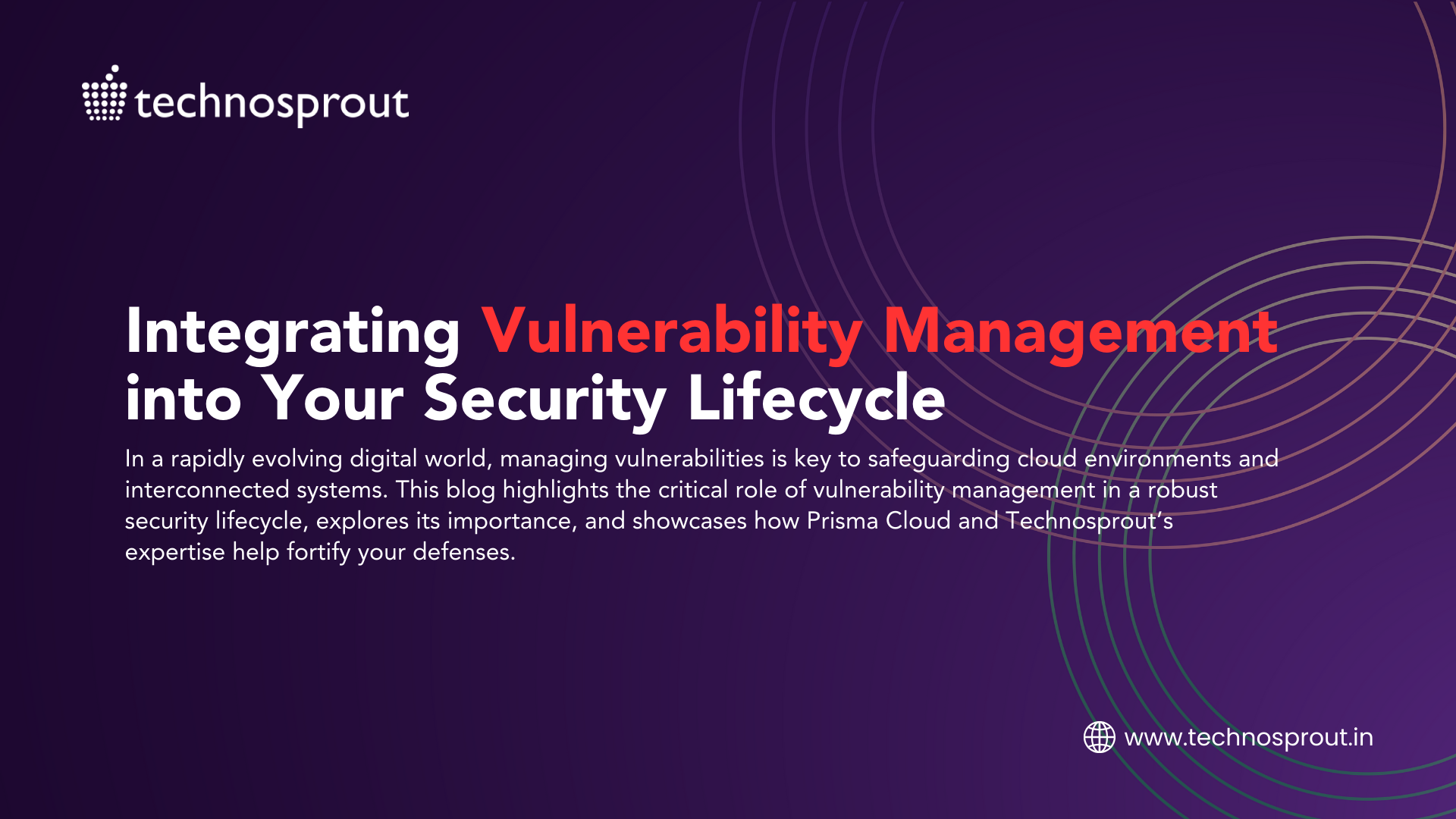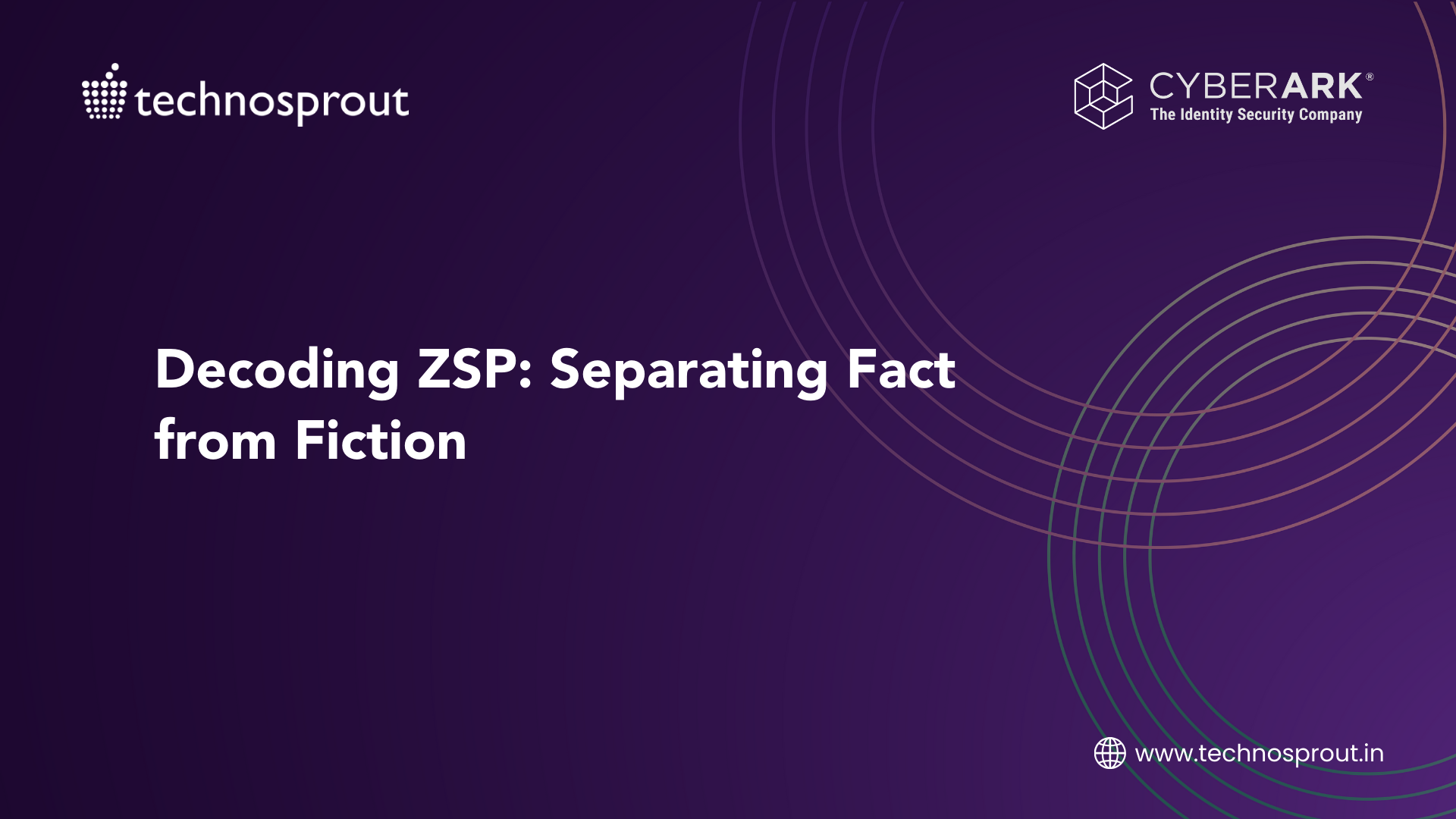As businesses increasingly prioritize digital transformation, the adoption of cloud technologies has become a prominent trend. While this approach offers numerous benefits, such as increased efficiency and scalability, it also brings with it new and significant cybersecurity risks. This is because the more data that is entrusted to cloud services, the greater the potential for unwanted breaches and vulnerabilities.
However, with the right Cloud Security Posture Management (CSPM) tools, right processes and people organizations can significantly enhance their cloud security posture and reduce the risk of these types of incidents. CSPM provides a comprehensive set of tools and practices that allow businesses to ensure that their cloud resources and applications are secure, compliant, and properly configured.
In our previous blog we discussed about Overview of CSPM, in this blog let’s address the
Features of CSPM
- Visibility Compliance and Governance
- Threat Detection
- Data Security
Visibility Compliance and Governance
Cloud Security Posture Management (CSPM) solution offers a comprehensive and unique approach to securing multi cloud environments while simplifying compliance. The solution eliminates cloud blind spots, proactively addresses risks and provides comprehensive visibility across public cloud infrastructure.
With CSPM, security and compliance teams can easily gain visibility across any cloud and reduce complexity. The solution offers continuous, automated monitoring that provides insights into new and existing assets, anomalous behaviors and potential threats.
One of the key benefits of CSPM is its ability to deliver complete visibility and protection across any cloud. The solution provides an automated cloud asset inventory that offers continuous visibility across all deployed assets from a single, unified console with more than 2.5 billion assets monitored across the customer’s environment. It also offers configuration assessment with more than 700 policies built-in across more than 120 cloud services. Furthermore, it can automatically fix common misconfigurations before they lead to security incidents and build custom policies that span across multi cloud environments.
The solution also offers compliance management that provides continuous compliance posture monitoring and one-click reporting with comprehensive coverage (CIS, GDPR, HIPAA, ISO-27001, NIST-800, PCI-DSS, SOC 2 etc.) and support for custom reporting. CSPM makes it easy to investigate and auto-remediate compliance violations.
Threat Detection
Effective cloud security requires a comprehensive threat detection strategy that goes beyond static, positive/negative or rule-based policies. While these policies are essential, they alone cannot adequately cover the entire threat landscape. Anomaly-based policies that leverage machine learning to monitor and report on suspicious or unusual activities complement traditional policy libraries.
To enhance network threat detection, organizations can leverage Intel on more than 500 billion flow logs ingested weekly. This can help pinpoint unusual network activities such as port scans and port sweeps and DNS-based threats such as domain generation algorithms (DGA) and cryptomining. By monitoring cloud environments for unusual user activities, organizations can use user entity behavior analytics (UEBA) to discover insider threats and potential account compromises. Leveraging industry-leading ML capabilities with more than 5 billion audit logs ingested weekly can further enhance the effectiveness of UEBA.
In summary, an effective cloud security strategy requires a comprehensive threat detection strategy that includes both traditional policies and anomaly-based policies that leverage machine learning. By monitoring network and user activity, organizations can use UEBA to detect insider threats and potential account compromises. Integrated threat detection dashboards provide powerful insights into alerts and compromises, helping organizations to quickly and easily identify and address potential threats.
Data Security
Data security is a crucial concern in today’s digital landscape, especially in public cloud environments. Data Security is a cloud-native solution that addresses the challenges of discovering and protecting data at scale and velocity.
One of the key features of Data Security is its ability to offer multi cloud data visibility and classification. This allows users to gain insight into any exposed or publicly accessible storage resources stored in AWS S3 and Azure Storage Blob. By having comprehensive visibility, users can proactively identify and address any potential security and privacy posture risks.
Another important aspect of data security is data governance. Data Security provides pre-built and customizable policies to detect sensitive data such as Personally Identifiable Information (PII) in publicly exposed objects. Users can also enable or disable data compliance profiles for various types, such as PII, healthcare, financial and intellectual property, based on mandates.
Malware detection is another crucial feature of Data Security. By leveraging WildFire, this solution can identify and protect against known and unknown file-based threats that may have infiltrated storage accounts. This proactive approach helps to prevent data breaches and minimize the potential impact of a cyber attack.
Finally, Data Security in the CSPM solution offers alerting capabilities that allow users to view alerts for each object based on data classification, data exposure and file types. These alerts can be forwarded to AWS SQS, Splunk and Webhooks to notify other teams for investigation and remediation.
Now, Let’s talk about how you implement and manage CSPM in Prisma – And here’s where Technosprout comes in…
Learn more about Technosprout Systems Pvt. Ltd. to Asses, Design, Implement and Manage your Cloud Security Posture.Visit Technosprout to know how we help you secure your assets once you have set foot in the cloud journey and have selected your cloud partner.
On adopting services from Technosprout, the enterprise collaborates with our skilled and trusted workforce led by our service head, who acts as an ongoing consultant to support the enterprise’s adoption of the preferred solution.






